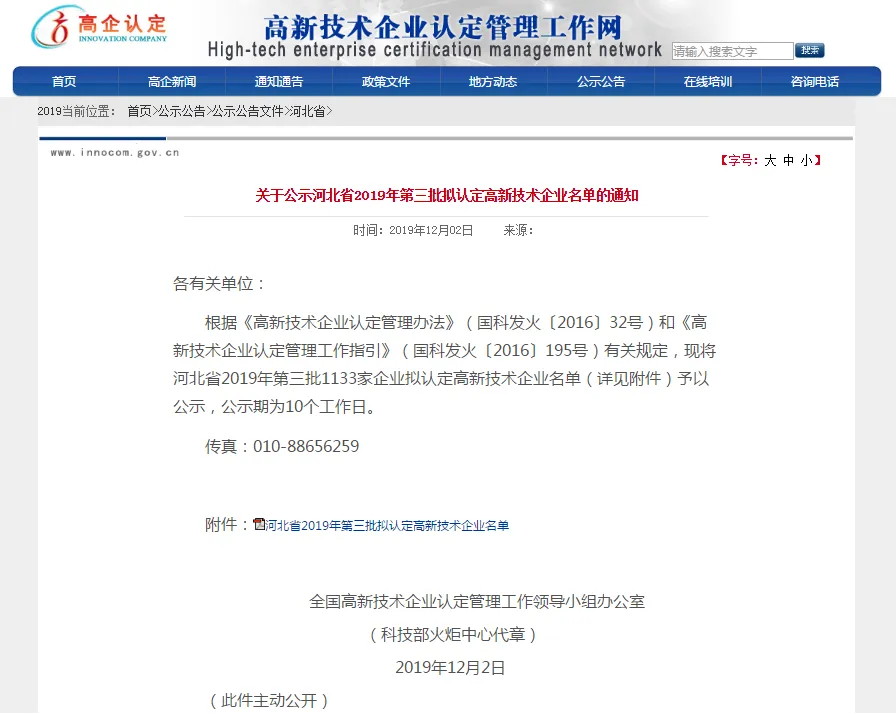Total Hip Replacement (THR) This is the gold standard for treating severe hip dysplasia. During this surgery, the damaged hip joint is completely replaced with a prosthetic joint. While this procedure is more invasive and expensive, it can offer a significant improvement in quality of life for dogs suffering from advanced dysplasia.





